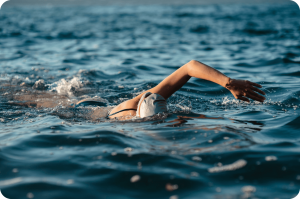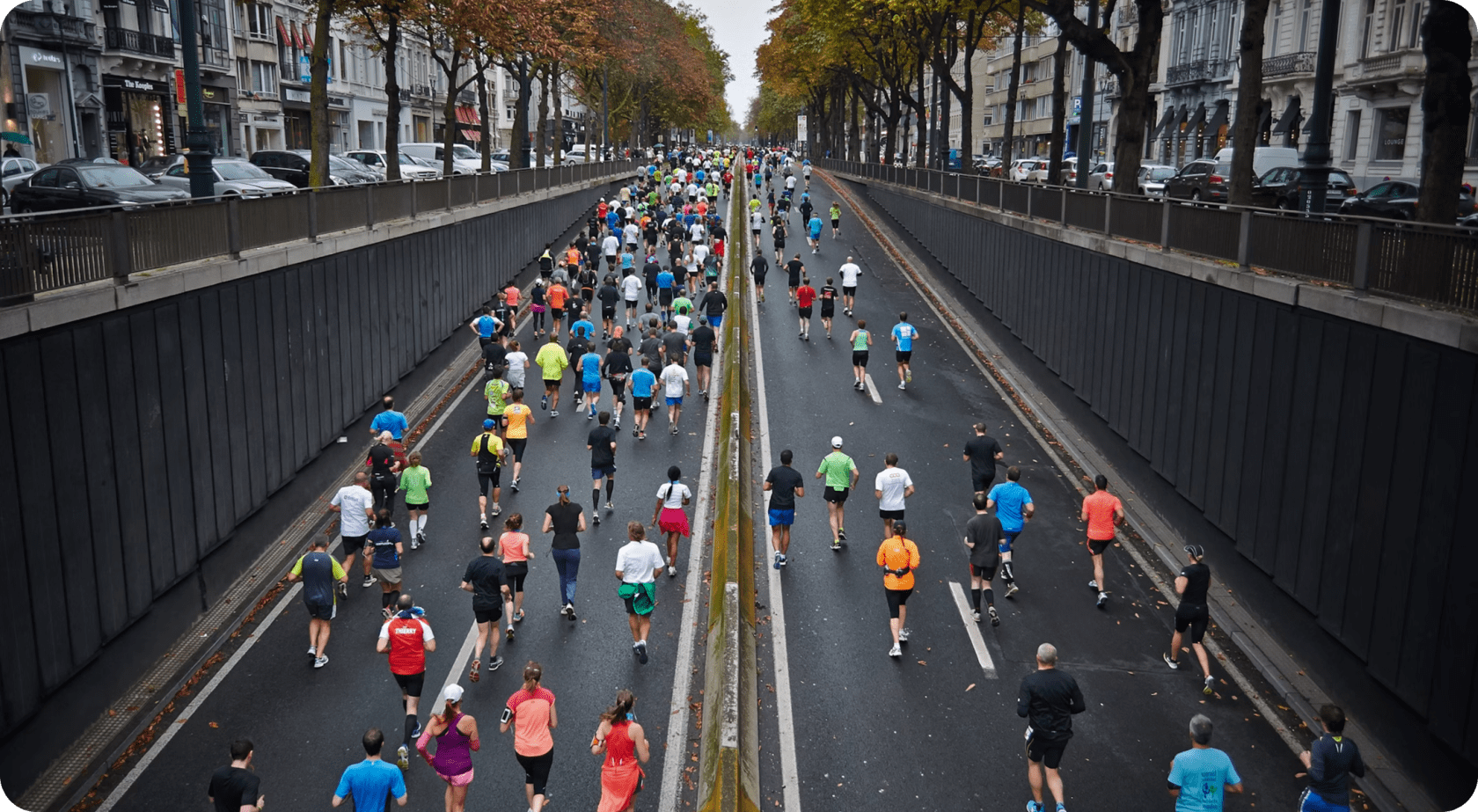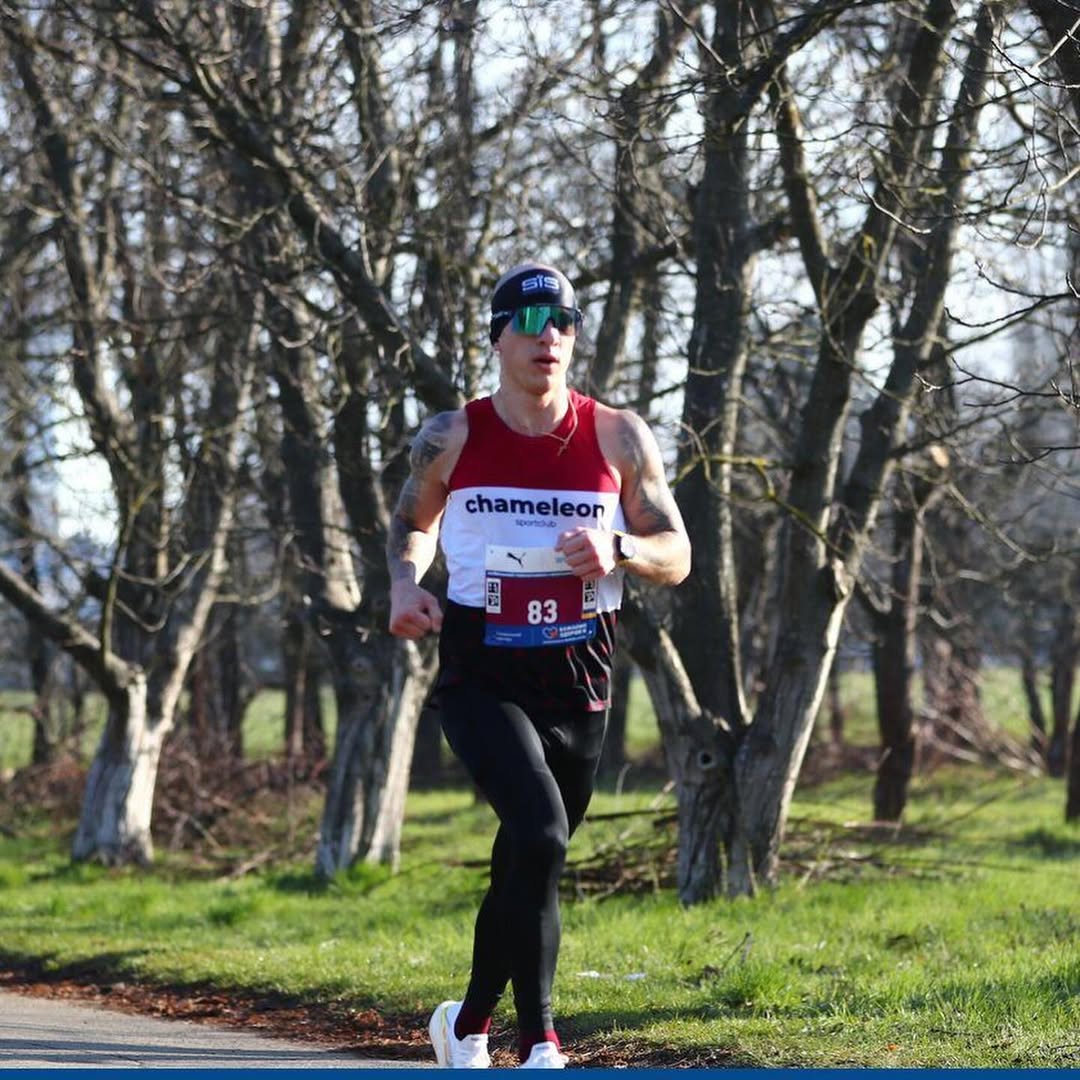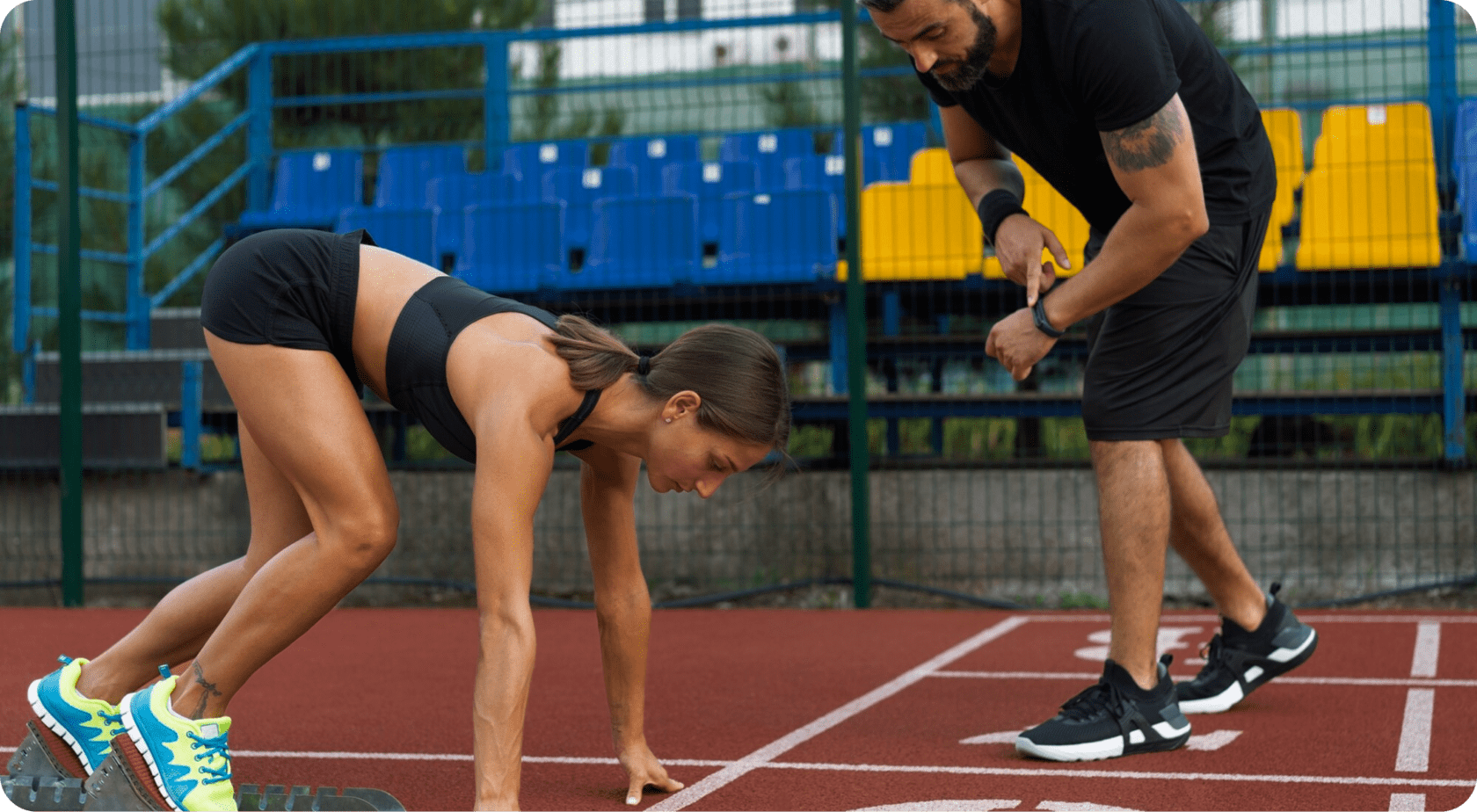It’s super common to struggle with breathing when you’re starting out in swimming, even for triathletes who are used to running and cycling.
This is because when swimming, you can’t just inhale and exhale freely whenever you want. You have to coordinate it with your swimming stroke cycle and body rotation. This timing, plus keeping your head movement smooth so you don’t disrupt your rhythm or body position, is what many beginners find challenging at first.
Here, I explore popular breathing patterns and techniques that can help you swim faster and breathe better.
Breathing Patterns
As a triathlete, there are a few key breathing patterns you’ll want to get familiar with.
The most common one is bilateral breathing, which means you breathe every three strokes, alternating sides. This helps keep your body balanced and improves your stroke symmetry, which is great for long-distance swimming.
Another pattern is unilateral breathing, where you breathe on just one side every two strokes. This can be easier when you’re tired, but it might cause you to lean to one side.
Some triathletes also use a two-stroke breathing pattern (breathing every two strokes) for sprint efforts when you need more oxygen.
The important thing is to find a rhythm that feels natural and lets you get enough air without disrupting your stroke. Experiment a bit during your training to see what works best for you in different situations.
Why is the bilateral breathing pattern so popular?
Research in swimming shows that bilateral breathing helps improve stroke balance and efficiency. A study published in the International Journal of Sports Science & Coaching found that swimmers who practiced bilateral breathing had better overall technique and reduced muscle imbalances. This balance is important for triathletes because it helps prevent injury and keeps your stroke smooth over long distances.
On the real-life side, many triathlon pros like Gwen Jorgensen talk about how mastering breathing was a game-changer for them. Gwen has shared that early in her career, she struggled with breathing rhythm and that learning to breathe bilaterally helped her stay relaxed and strong in the water. She also mentions practicing breathing drills repeatedly to build confidence and endurance.
Both science and professional experience support the idea that working on your breathing patterns can significantly boost your swim and your overall triathlon performance.
Breathing Drills
There are a few simple breathing drills that can really help you get comfortable and improve your rhythm in the water. Here are some of the most popular ones you should try when working on your consistent breathing pattern:
3-5-7 Drill (Ladder breathing)
The main goal of this breathing pattern is to progressively challenge lung capacity and control. Here’s how you incorporate it into your swim training techniques:
- Swim 100m (or 4x25m) with:
- First 25m: Breathe every 3 strokes (bilateral).
- Next 25m: Breathe every 5 strokes.
- Next 25m: Breathe every 7 strokes.
- Last 25m: Return to every 3 strokes (recovery).
Make sure you exhale steadily underwater to avoid CO₂ buildup.
Hypoxic sets
This breathing drill helps your body to adapt to limited oxygen (like when you are drafting in a race). Here is how to train it:
- 4x50m: Breathe every 5/7/9 strokes by 25m.
- 25m Sprints: No breathing (focus on strong exhales).
Bilateral breathing
Bilateral breathing is essential when you want to balance your swim stroke symmetry and sighting readiness. Practicing this drill looks like this:
- Swim 200m breathing every 3 strokes.
- Advanced: Alternate 50m every 3, then 50m every 2 (to simulate race fatigue).
Catch-up drill with breath control
The main benefit of this drill is to learn how to sync your breathing with stroke timing. Here is how to do that:
- Extend one arm forward, breathe toward that side during the pull, then “catch up” with the other arm.
- Focus on slow exhales while your face is in the water.
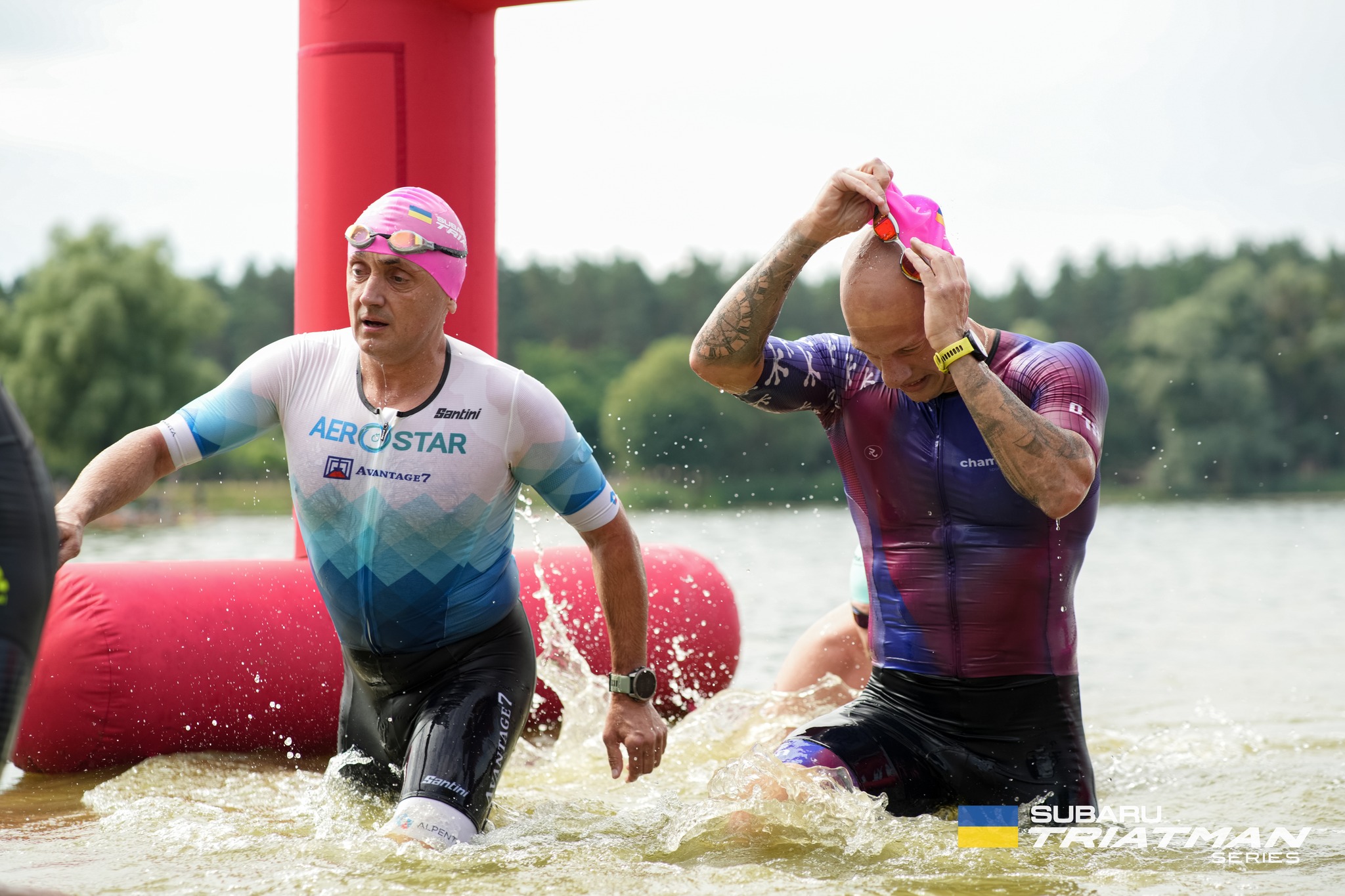
Common Breathing Technique Mistakes to Avoid
For most triathletes, knowing these mistakes matters because they affect efficiency, energy use, and comfort in the water. Bad breathing habits can make you burn more energy, increase anxiety, and even set you up for bad race day experiences.
One example is age-group triathlete Sarah True (before she went pro). Early in her career, she used to lift her head too high and hold her breath, which left her gassed halfway through the swim. Once she learned to exhale steadily and keep her head low when breathing, her stroke became smoother, her heart rate stayed lower, and she could hit the bike feeling strong.
Here are a few common mistakes to keep in mind when working on your swimming technique:
1. Holding your breath
Holding your breath underwater is something a lot of beginners do without realizing it.
The problem is that when you don’t breathe out steadily while your face is underwater, carbon dioxide builds up in your body. This can make you feel panicky or really tired faster because your body is craving oxygen. It also messes with your swim rhythm, especially in open water, where things are less predictable.
A great way to fix this is to practice what some call the “Bubble, Bubble, Breathe” drill. Just focus on blowing bubbles underwater by exhaling continuously, then take a quick, deep breath when you turn your head. It sounds simple, but it helps train your body to breathe more smoothly.
2. Lifting head to breathe
When you lift your head high, your hips and legs tend to drop lower in the water. This creates more drag and makes swimming harder. Plus, it strains your neck and wastes energy.
Instead, try to rotate your whole body and keep one eye or one goggle lens underwater while you breathe. This way, your head stays more in line with your body. Sidekick drills with a snorkel can help you get used to this head position without feeling off balance.
3. Over-rotating or over-breathing
If you twist your body too much or breathe every stroke, you waste energy and your stroke can become uneven. Many triathletes find that breathing every three or five strokes helps keep their body balanced and their energy steady.
Using a tempo trainer or just being mindful during warm-ups to keep a steady stroke rate while limiting breaths can make a big difference.
4. Shallow or rushed breaths
Taking shallow or rushed breaths doesn’t give your body enough oxygen, so you get tired faster. Instead, focus on taking deep, full breaths.
One helpful drill is doing short sprints, like 25 meters, where you take a big breath every stroke but make sure you exhale fully before turning your head again. This teaches your lungs to work efficiently even when you’re tired.
Quick checklist for better breathing when swimming
✅ Exhale the moment your face enters the water.
✅ Rotate with your body, not just your head.
✅ Keep one goggle in during breaths.
✅ Train bilateral breathing even when tired.
✅ Breathe as your arm exits the water (natural body rotation).
✅ Relax your jaw and neck.
✅ Practice “sigh breathing” occasionally (Forcefully exhale underwater to reset lung capacity, this helps during race stress).
Breathing Technique Considerations for Open Water Swimming
Open water training, like river swimming, brings some extra challenges for breathing compared to the pool.
One big thing is that you don’t have a wall to push off from or lane lines to guide you, so you need to stay aware of your direction while breathing. That means you might have to lift your head slightly more to sight landmarks or buoys, which can disrupt your breathing rhythm if you’re not used to it.
Also, waves, chop, and other swimmers can make it harder to time your breath, so practicing breathing on both sides really helps.
Another tip is to practice “bilateral breathing with sighting”, turn your head to breathe while also spotting where you’re going, to stay on course without swallowing water.
Open water can feel overwhelming at first, but with practice, your breathing and navigation will become much smoother.
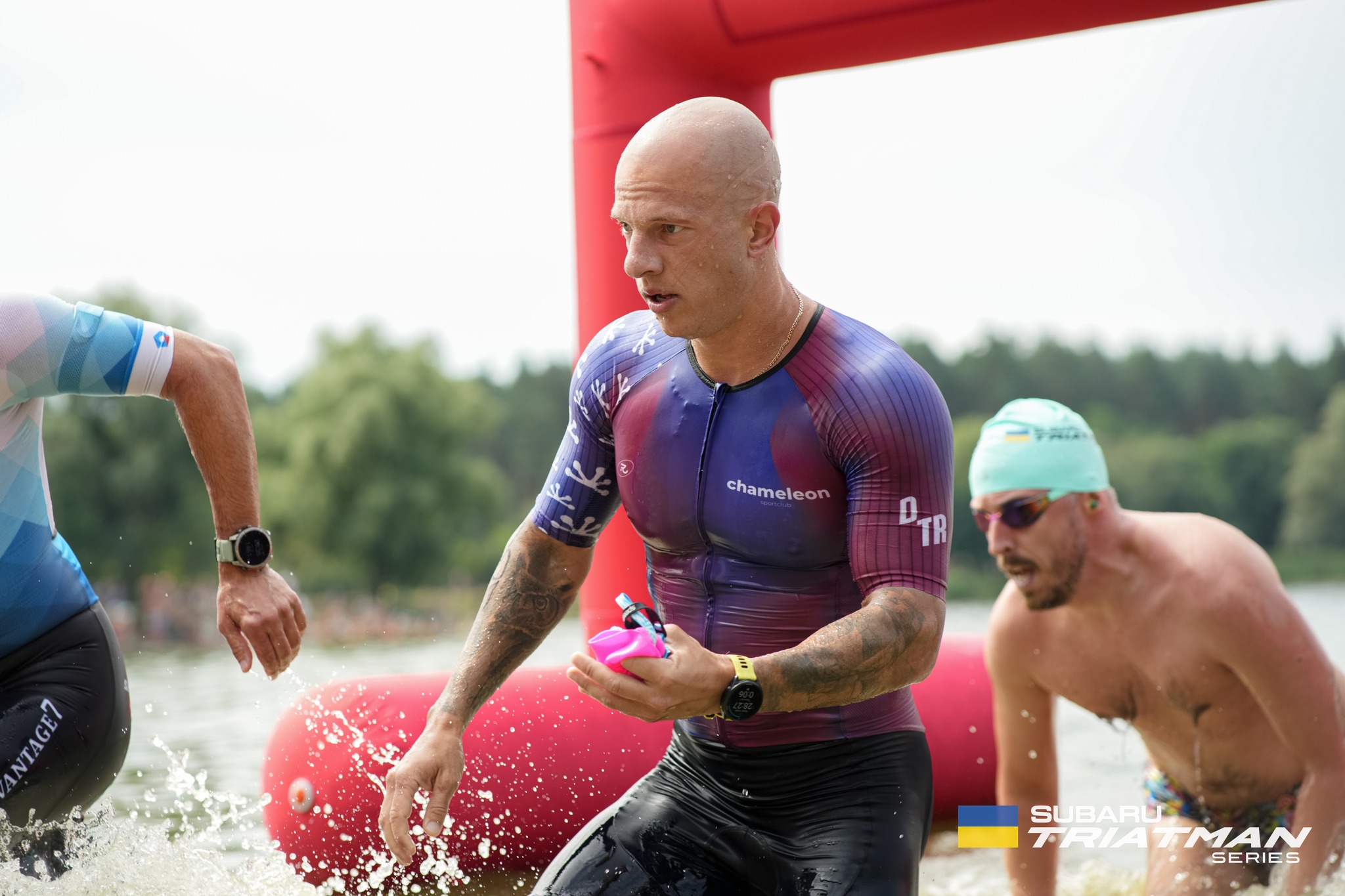
Tips for Improvement
One of the best ways to get better at swimming is to practice regularly and be consistent. Instead of pushing yourself to swim really fast or super far right away, focus on building your endurance and feeling confident in the water. Here are a few tips to keep in mind when working on your breathing pattern:
1. Consistency over intensity
Muscle memory and efficiency develop through repetition, not just hard efforts:
- 3x weekly swims (even 20–30min sessions help).
- Prioritize technique in warm-ups (e.g., 10-minute drills before main sets).
- Track progress with simple metrics (e.g., strokes per length, breath control).
Drill: Technique-focused warm-up
- 200m easy swim (focus on long exhales).
- 4x50m: 25m fist drill / 25m catch-up drill (builds feel for water).
2. Build endurance before speed
Fatigue exaggerates flaws. Endurance lets you refine technique under stress:
- Low-intensity, high-volume sets (e.g., 800–1,500m steady swims at RPE 4/10).
- Mix strokes (backstroke/freestyle) to balance muscle use.
Workout: Endurance builder
- 5x200m freestyle @ moderate pace (15s rest).Focus: Even pacing + bilateral breathing every 3 strokes.
3. Integrate breathing drills seamlessly
Isolated drills don’t translate unless practiced under fatigue:
- Attach drills to main sets (e.g., breathe every 3/5/7 by 25m in a 100m repeat).
- Use tools (snorkel for rotation, tempo trainer for rhythm).
Drill: Race-specific breathing
- 8x50m: Odd 50s = breathe every 2 strokes (sprint effort).
Even 50s = breathe every 5 strokes (control).
4. Mental focus: Relax to perform
Tension wastes energy and disrupts flow:
- Pre-swim routine: 3 deep breaths + visualize smooth strokes.
- Cues mid-swim: “Long exhale,” “Rotate hips,” “Light grip.”
- Post-swim reflection: Note 1 thing done well + 1 to improve.
Exercise: “Silent swimming”
- Swim 100m focusing only on the sound of bubbles exhaling.
5. Avoid overthinking
Mental and physical readiness are just as important. Relaxing your body and mind reduces tension, which can mess up your breathing and make you more tired. And avoiding overthinking helps you stay in the flow without getting stuck on too many details at once.
Many swimmers and triathletes find that combining these approaches helps them breathe more efficiently, swim stronger, and feel less stressed in the water
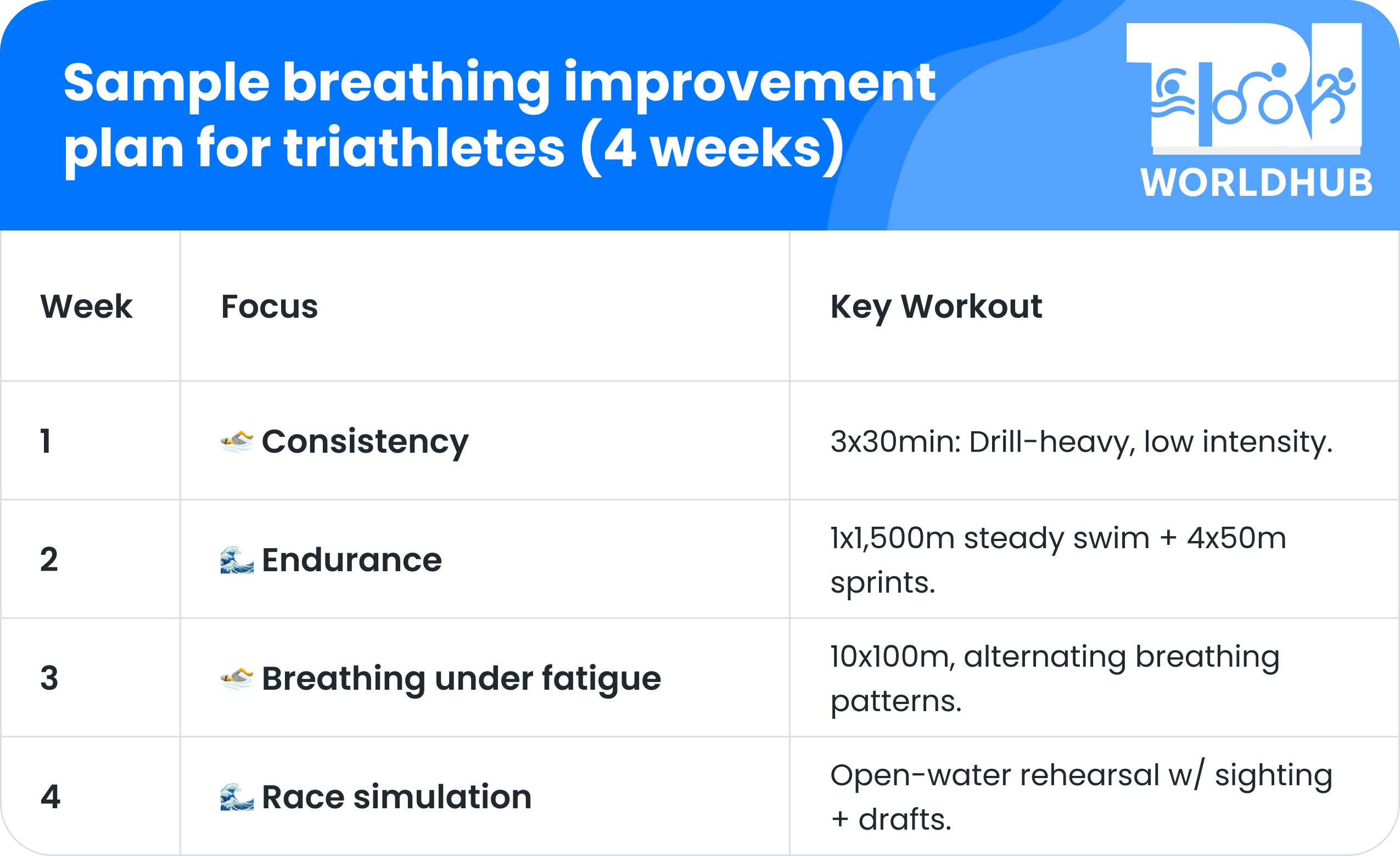
Conclusion
Focusing on your breathing techniques while swimming helps you actually swim better and enjoy it more.
When you practice breathing drills and focus on your technique, you’ll notice you get less tired and swim more efficiently. Staying relaxed and keeping your focus helps you save energy and keep a steady rhythm in the water.
Whether you’re training in a pool or out in open water, paying attention to proper breathing and body position will bring you closer to your goals. With a bit of patience and practice, you can overcome the common struggles and really enjoy the many benefits swimming has to offer.
